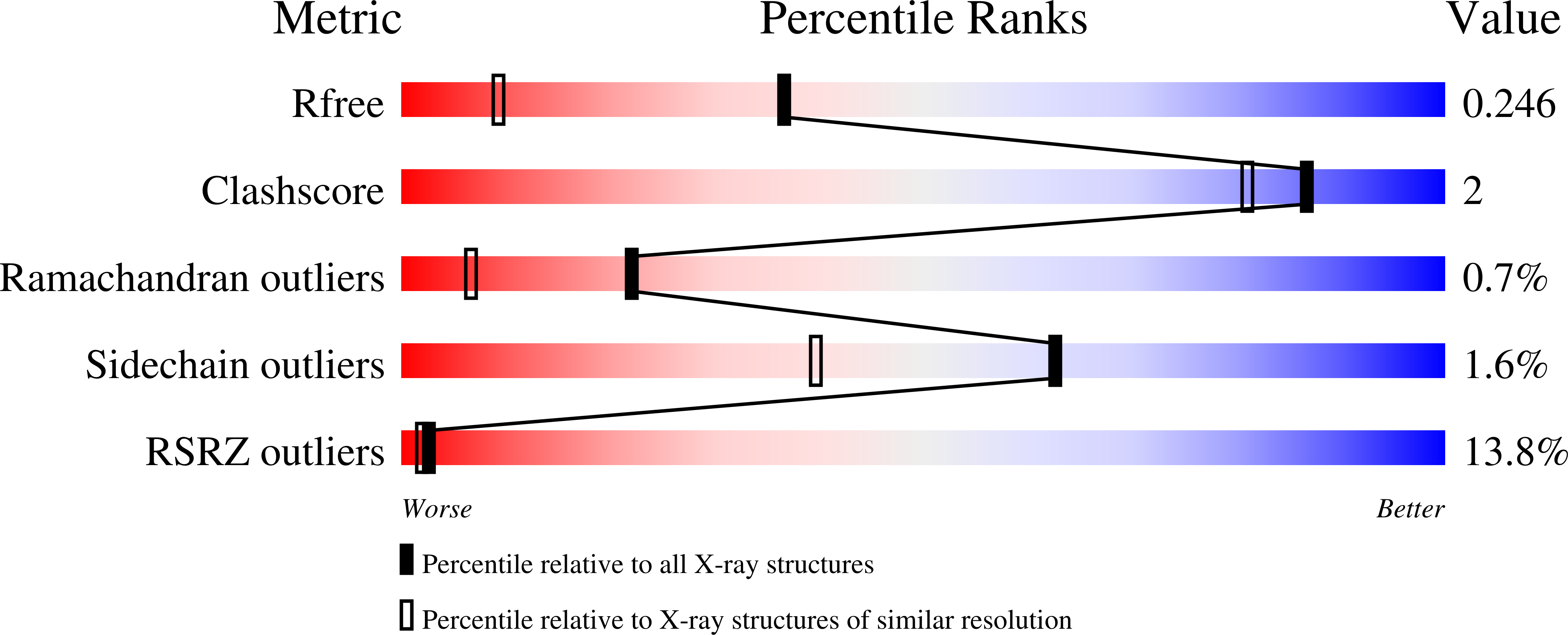
Deposition Date
2011-06-23
Release Date
2012-06-27
Last Version Date
2023-09-13
Entry Detail
PDB ID:
3SL2
Keywords:
Title:
ATP Forms a Stable Complex with the Essential Histidine Kinase WalK (YycG) Domain
Biological Source:
Source Organism:
Bacillus subtilis (Taxon ID: 1423)
Host Organism:
Method Details:
Experimental Method:
Resolution:
1.61 Å
R-Value Free:
0.23
R-Value Work:
0.20
R-Value Observed:
0.20
Space Group:
I 41


